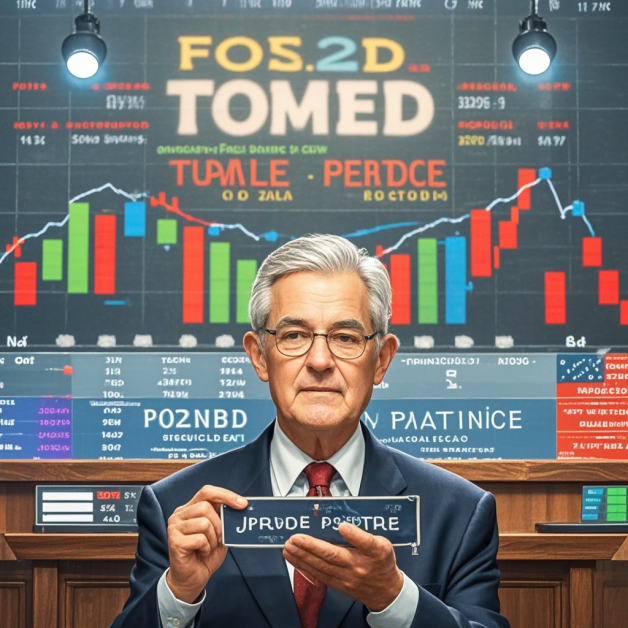U.S. Treasury Market Volatility: Complex Movements Amid Fed Decision
The U.S. Treasury market exhibited notable price and yield fluctuations around the Federal Reserve's policy statement release. At the New York close, the yield on the benchmark 10-year Treasury note was largely flat at 4.3909%, having traded within a range of 4.4087% to 4.3377% during the session, ultimately tracing a V-shaped trajectory. Meanwhile, the two-year Treasury yield fell by 1.04 basis points to 3.9414%, though it edged slightly higher by 13:21 Beijing time.
The day's price action in Treasuries showed an initial rally followed by a retreat, with the Fed's policy statement serving as the key driver. The central bank's monetary policy decisions exert a profound influence on the Treasury market, as participants closely scrutinize the Fed's guidance for clues about future economic and interest rate trends.
Ahead of the Fed's announcement, market sentiment was mixed. On one hand, economic uncertainty bolstered demand for Treasuries as a traditional safe-haven asset, lifting prices and pushing yields lower in early trading. Recent economic indicators pointing to signs of slowing U.S. growth had stoked investor concerns about the economic outlook, driving inflows into Treasuries.
However, the market reaction to the Fed's statement was divided. While Chair Jerome Powell emphasized the FOMC's patient stance, expectations for future policy paths remained uneven. Some investors interpreted "patience" as a signal that neither aggressive rate hikes nor cuts were imminent, which helped stabilize sentiment. Others, however, worried that such caution might delay timely policy responses to economic shifts, fueling unease about growth prospects. This divergence intensified the tug-of-war between bulls and bears in the Treasury market.
The V-shaped swing in the 10-year yield reflected these sharp shifts in sentiment. The early dip in yields underscored investor risk aversion and growth concerns, while the subsequent rebound suggested some participants adjusted strategies after digesting the Fed's message, reducing Treasury holdings and nudging yields higher.
The two-year yield's movement also drew attention. Its initial 1.04-basis-point decline indicated relative stability in short-term funding demand alongside cautious economic views. Yet the slight uptick by 13:21 Beijing time hinted at subtle shifts in short-term liquidity dynamics or revised expectations about near-term economic conditions.
From a macro perspective, such Treasury volatility carries global ramifications. As one of the world's most critical assets, shifts in U.S. yields influence cross-border capital flows. Sustained yield increases could attract funds back to the U.S., pressuring other markets, while sharp declines might redirect capital toward higher-yielding alternatives.
Domestically, yield fluctuations impact borrowing costs for businesses and households. Higher yields raise financing expenses, potentially dampening investment and consumption, whereas lower yields may stimulate activity but risk inflationary pressures.
In summary, Wednesday's choppy Treasury action highlighted the market's acute sensitivity to Fed policy and economic uncertainty. Going forward, Treasury movements will remain tightly tethered to central bank decisions and economic data, requiring investors to stay vigilant in adjusting strategies.
